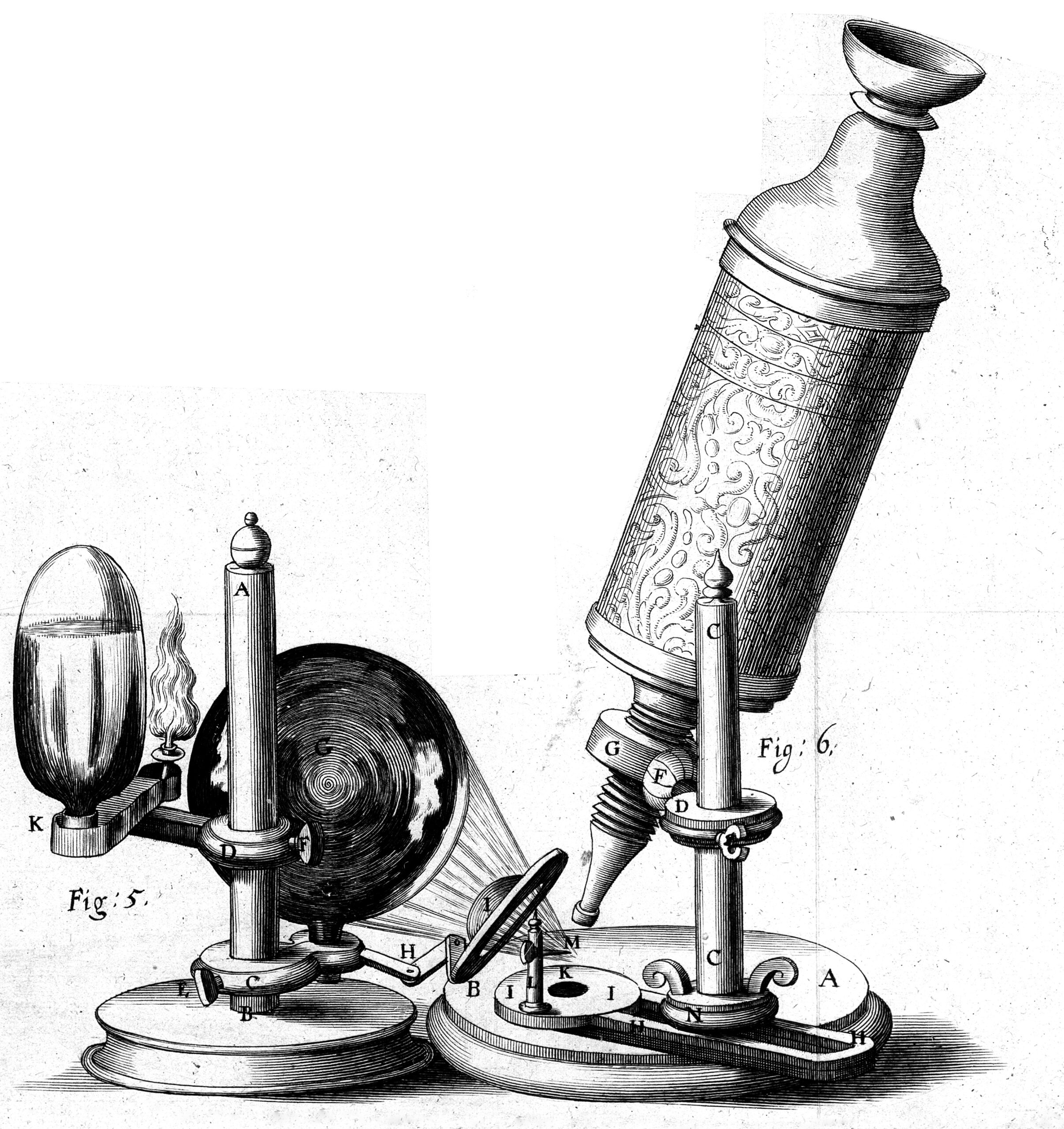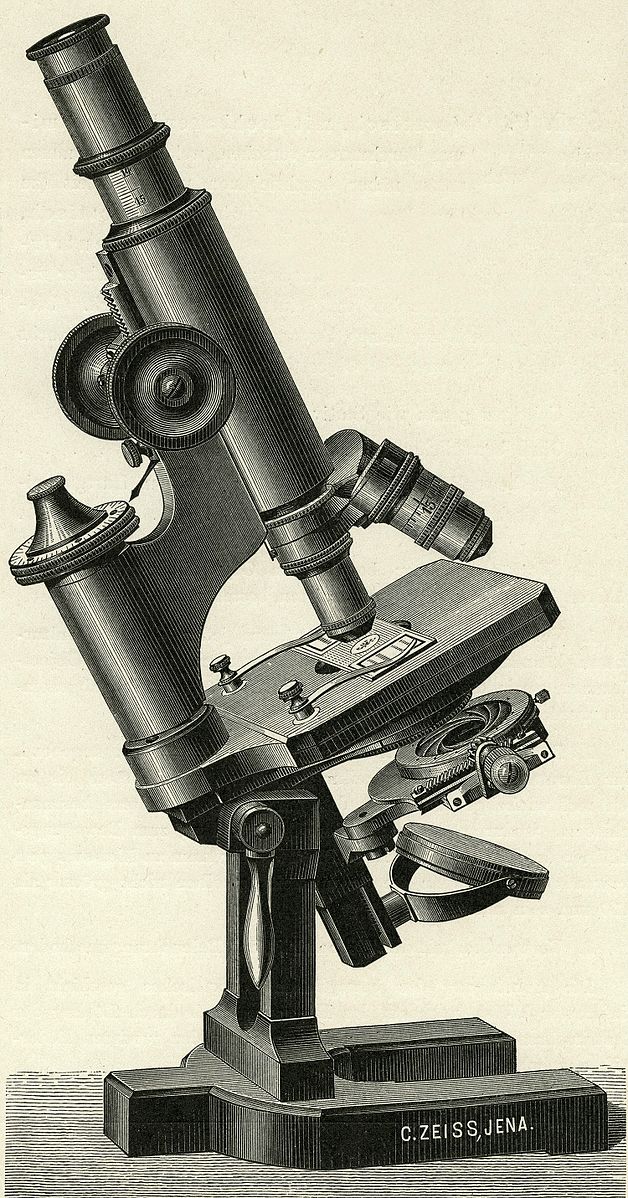Which Scientist Invented the Very First Optical Microscopes
The History of Microscopes
The concept behind lenses dates back as early as the Romans, They started the process of viewing objects through glass and how it made the subject look bigger. It wasn't until the 13th Century that Salvino D'Armate designed the very first eye glass, allowing the person wearing it to have magnified vision. Then magnifying glasses were used with a strength of about 6x – 10x, these lenses were used to inspect insects, mainly fleas that were not clear to the naked eye. These were called flea glasses.

Although the magnifying glass is a simple microscope, the discovery of duplicate lenses is what's called a compound microscope connected by a hollow tube.
The first giant step for compound microscopes was made by two Dutch men called Zacharias Jansen and his father Hans who were spectacle makes. These men started experimenting with these lenses and discovered that by putting duplicate lenses in a tube, the object at the end of the tube had been enlarged considerably more than the basic magnifying glass. This microscope was more of a novelty than something to be used for scientific research, mainly because the maximum lens strength was 9x and still a bit blurry.
Hans, Zacharius Jansens father helped construct the very first microscope model in 1595. As a result of this discovery he wrote to Willian Boreel who was a Dutch diplomat informing him about their new invention. In the 1650s the French Kings physician asked about this new contraption and Boreel recounted the design process of the compound microscope.
But the true pioneer of the compound microscope was Anton van Leeuwenhoek who was a Dutch draper and scientist. In the 17th Century he was the first man who benefited from the invention and used it for scientific research. By using the microscope he made many biological revelations, he was the first man to see and explain bacteria, yeast plants, particles in a drop of water, blood corpuscles in capillaries. He documented and reported all his discoveries that were on living and non living to the Royal Society of England and also the French Academy.
In 1665 an English scientist, Robert Hooke, developed these findings further and published the first work of microscopes research called Microphagia. This book contained beautifully detailed illustrations which were hand drawn by Hooke himself. These diagrams showed all of Hookes observations, the ones that were most significant were the discoveries of fleas and cork. Once under high magnification he observed the tiny hairs on fleas and on the cork he discovered pores which he called 'cells'.

Despite Hooke's revelations the microscope didn't evolve much over the next 200 years. It wasn't until 1850 that a German engineer called Carl Zeiss began making alterations to the lens making it more refined as there were still imperfections when viewing the specimen. Zeiss employed Otto Schott who had greater knowledge in glass, through his research he greatly improved the optical quality. Zeiss also hired Ernest Abbe who was able to make significant manufacturing improvements to the optical appliance and eventually bring us to the standard of the modern microscopes both compound and electron.
Which Scientist Invented the Very First Optical Microscopes
Source: https://microscopeopticalservices.co.uk/the-history-of-microscopes/

0 Response to "Which Scientist Invented the Very First Optical Microscopes"
Post a Comment